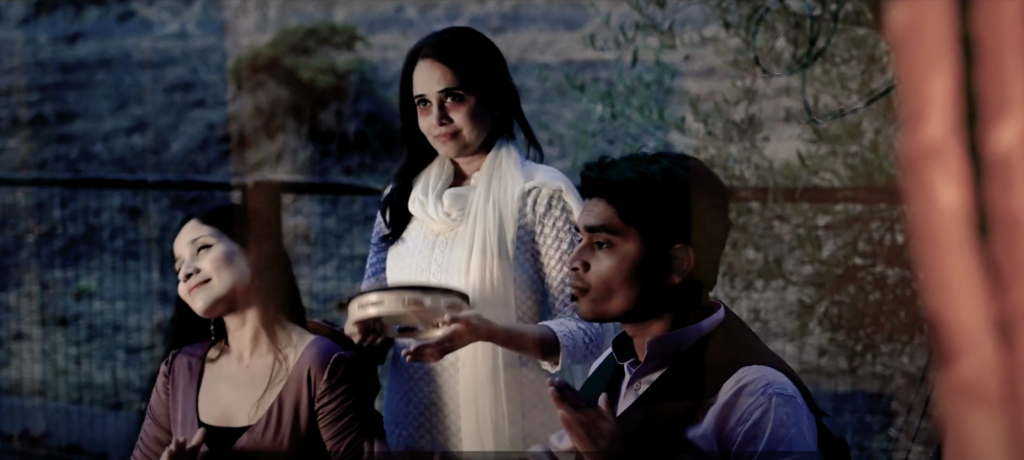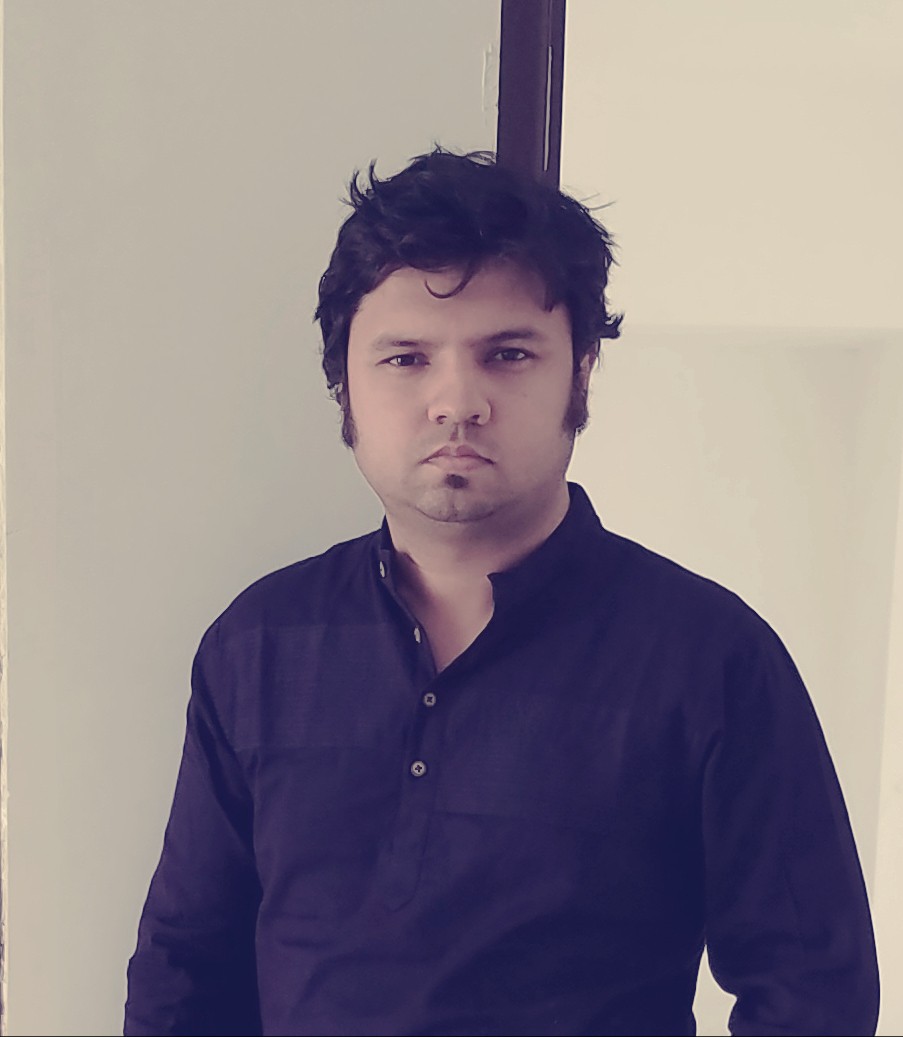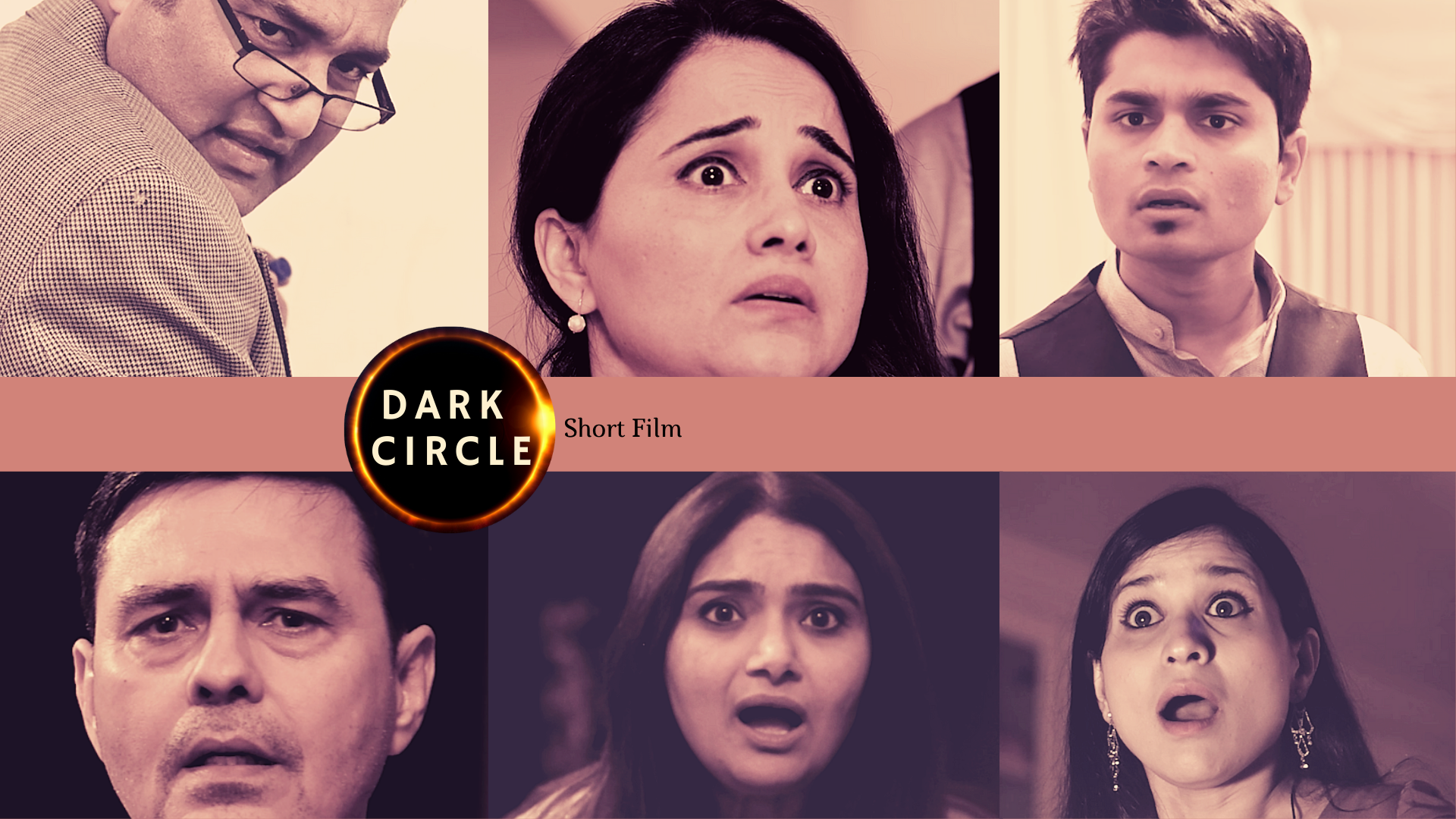In Ritendra Datta’s ghostly short, The Dark Circle, geometry ends up being more than sacred — but rather an explanation on how to fix your life. The film hides a compelling mystery deep within the external struggle for balance that can drive a person to the brink of madness. The psychological thriller is carefully detailed, having audiences look closely at the screen and story when trying to piece this mystery together. Though it may take a few watches and research to fully appreciate it, it reveals the importance of finding rhythmic stability in our own lives. Without it, we will diminish in our alienation.

The film focuses on a couple, Bhoomi and Agni, who attend a math lecture in Calcutta that gives them insight into how to find balance and solace in their lives. The haunting duo is then followed five years later at their home in California, where the bulk of the story takes place. The lecture’s lessons are still interspersed between scenes, though, as to reveal critical details that answer viewers’ questions. The one that echoes throughout most of the film is: what do they want? The couple endlessly plays drums out of tune, which incites reactions from neighbors that range from, “you’re too loud” to, “can I join?”. Most of the time, guests are just turned away with a slamming door and a haunting look from the protagonist.
They further alienate themselves with each denial they give to the outside world, stuck in their ritual. Slowly, as the film progresses and the lecture goes on, both the audience and attendees of the lecture start to connect the pieces of what, (or rather whom), they are searching for.

The actors’ performances are all passionate and quite theatrical, emphasizing the eerie tone that keeps one engaged despite the mounting confusion. Bhoomi and Agni’s expressions, in particular, are so haunting and startlingly symmetrical, making them feel intertwined as one being even though they are supposed to be out of equilibrium with one another. It’s important to acknowledge Deepal Pandya’s dual performance as the prophecy fulfilling twins, Chhaya and Maya, who both feel so distinct even though they are played by the same actress. It is evident that the performers also took great care in imbuing their acting from their restrained creepiness that makes the twist at the end surprising but satisfying.
The cast and crew’s love for the film goes deeper, with many of the minor characters taking on production roles. In addition to directing, Datta also wrote, edited, and did the cinematography for the piece — resulting in each aspect having a consistently interesting format. Thus, the love for the story is alive, well, and evident in each aspect of its artistry. Datta’s shaky camerawork and sandpaper color grading give the ending a textured and surreal feel. Both the audience and the twins don’t know where they are or if they can leave. All they know is that the balance the couple searched for has been found, but that doesn’t mean harmony joins with it or that isolation won’t continue to follow them.


Comments